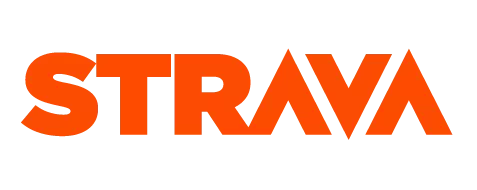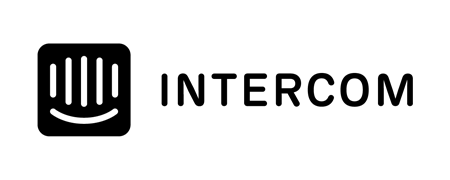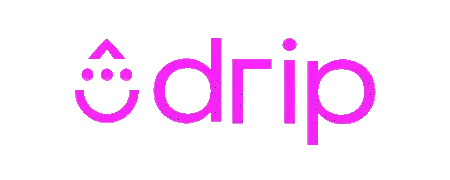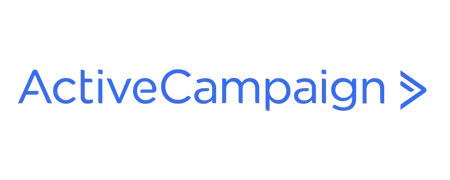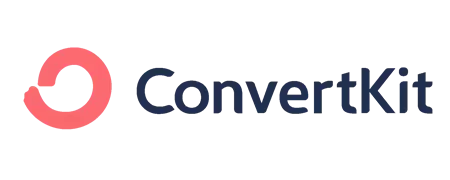Paid advertising is not a standalone strategy in the context of this guide; rather, it is a channel to amplify and distribute all the other strategies effectively. Distribution in this context refers to the process of ensuring your content, partnerships, webinars, and other efforts reach the best possible audience, including those outside your immediate network. Many coaches underestimate the importance of distribution, focusing heavily on content creation but neglecting to ensure that content is seen by the right people.
For example, you can use paid ads to promote your lead magnet from your email marketing strategy, direct traffic to your webinars, or highlight testimonials and case studies to build trust. The key is to use paid advertising strategically to amplify the reach of the work you’ve already done, not as a replacement for it. Properly targeted ads can extend your visibility to people who fit your ideal client profile, ensuring your efforts yield better results.
Continue reading the full post or listen to the audio version on our podcast, or watch the video version on Youtube.
Distinct Types of Paid Advertising
Paid advertising falls into three main types: lead generation, brand building, and direct calls to action for sales. This third type is where many non-advertising professionals get tripped up. Most people simply don’t realize that effective advertising involves three distinct stages: first reaching new people, second building awareness and trust, then finally asking for the sale. Without this clarity, people often skip the essential trust-building phase and go straight into trying to sell. But interrupting strangers with a direct offer—before they’ve had a chance to know who you are or why they should care—rarely works in practice and typically results in burning through your advertising spend, wasting both money and time.
When coaches or business owners with little advertising experience start out, they often assume the best use of budget is to push offers or program signups immediately. But without prior engagement, this approach tends to feel intrusive and yields poor results. That’s why understanding the role of lead generation first, then building trust, and using direct sales ads later in the journey, is so critical to running effective campaigns.
Lead Generation
Goals: Collecting contact information to grow email list or advertising audience.
The first type focuses on generating a larger audience by promoting your lead magnets (more on these later), content, webinars, or partnerships to people who fit your ideal client profile but may not know you yet. This helps to build awareness and trust by introducing potential clients to your ecosystem.
Awareness and Brand Building
Goals: clicks and views so the audience consumes your content.
This type of advertising is all about distributing the ideas, strategies, and content you’ve already invested in—just like we outlined at the beginning of this guide. Think of it as putting a spotlight on the work you’ve already done so it reaches a much wider audience.
If you’ve followed the steps in the rest of this series—creating compelling content, hosting webinars, building strategic partnerships—brand awareness ads are how you get that work seen by people outside your existing network. You're not creating something new; you're investing in visibility. This can be especially powerful when repurposing the highlights of your content into snackable video clips, quotes, or visual summaries to use in your ad campaigns.
By consistently showing up with useful, relevant ideas in the feed of your ideal audience, you build familiarity and trust over time. That way, when they do need a coach or are ready to invest, you’re already top of mind.
Direct Sales and Calls to Action
Goal: Make sales of products and/or services.
The second type of advertising—calls to action or direct sales—works best when targeting people who already know, like, and trust you. These ads are designed to drive immediate actions, such as signing up for a program or purchasing a service. However, skipping the lead generation phase and jumping straight to sales-focused ads for a cold audience is usually ineffective and wastes advertising dollars.
Combining Awareness, Lead Generation and Sales Ads
By strategically combining these approaches, you can grow your audience and convert warm leads into paying clients. The key is to use awareness and lead generation ads to build trust and nurture relationships, so when you introduce sales ads, your audience is primed and ready to take the next step. This can get quite technical and I won't go into the details here but there are plenty of good guides online. For now the important thing is that you understand the high level strategy.
Lead Magnets
Lead magnets are valuable resources or tools you offer in exchange for someone’s contact details—usually their email address. They work because they provide something useful or relevant upfront, helping you build trust while giving your audience a low-stakes way to engage. The most effective lead magnets solve a specific problem or offer a quick win that’s highly relevant to your ideal customer profile.
Tailoring your lead magnet to your audience is critical. A generic checklist or guide won’t stand out, but something that speaks directly to the challenges or goals of your niche client will. When you design lead magnets with your ideal customer in mind, you’re not just collecting leads—you’re pre-qualifying potential clients who are more likely to convert down the line.
You don’t need to reinvent the wheel. Many effective lead magnets are created by repurposing content you already have—blog posts, podcast episodes, video tutorials, or even social media threads. Consider bundling related materials into a comprehensive guide or turning a webinar into a downloadable resource. By reorganizing and refining what you’ve already done, you can create something more cohesive and valuable without starting from scratch.
Targeting and Distribution
Targeting and distribution are the backbone of effective paid advertising. Even the best content or offer will fall flat if it’s shown to the wrong people. Getting this right means your ads are more likely to be seen, clicked, and acted on by the people most likely to become paying clients.
One of the biggest challenges is narrowing in on your ideal customer profile. Many coaches cast too wide a net, wasting budget on impressions that don’t convert. Instead, use tools like demographic targeting (age, gender, location), interest-based targeting (hobbies, behaviors, pages followed), and more advanced options like custom audiences (people who’ve already interacted with your content) or lookalike audiences (people who resemble your best clients).
Good targeting isn’t just about the initial setup—it’s an ongoing process of testing, learning, and refining. Start with your best guess, but keep an eye on metrics and adjust based on what’s working. With thoughtful targeting and smart distribution, you ensure every dollar you spend works harder and brings in the right kind of attention.
Should You Hire Someone to Run Your Ads?
Hiring a professional to manage your ads can be a great decision—but it’s not without its risks. The biggest challenge is that not all ad managers are created equal. Some are generalists who may not understand your niche or ideal client well enough to run effective campaigns. Others may focus too heavily on flashy metrics like impressions or clicks rather than meaningful conversions.
One of the biggest benefits of running your own ads—or at least being involved in the strategy—is that you know your audience better than anyone. You understand their pain points, goals, and language. That knowledge is invaluable when it comes to creating messaging that connects. Even if you do hire someone, your involvement in targeting and copywriting decisions can make a big difference.
There’s also value in understanding how your ads are structured and set up, even if you don’t manage them day-to-day. That way, you can make informed decisions, spot problems early, and avoid becoming completely dependent on an external contractor or agency. At the very least, spend some time learning the basics so you can stay in the driver’s seat of your own strategy.
Key Takeaways
- Paid advertising is a powerful channel for amplifying and distributing your existing strategies, not necessarily a standalone approach.
- Use lead generation ads to build awareness and trust by promoting valuable resources like lead magnets, webinars, or content.
- Reserve direct sales ads for warm audiences who already know, like, and trust you.
- Skipping lead generation and targeting cold audiences with sales ads often results in wasted advertising dollars.
- Distribution ensures your content reaches the right people, increasing the effectiveness of all your other efforts.
Next Steps
- Commit some time to educating yourself on how online advertising works. After this time decide whether it is something you think you could manage yourself or whether you would prefer to work with an online advertising specialist. Either way, should still retain ownership of the overall strategy.
- Identify which of your existing strategies (content, partnerships, webinars) would benefit most from paid promotion.
- Create a lead generation ad campaign to promote a valuable resource, such as a lead magnet or webinar.
- Run direct sales campaigns only for warm audiences via "retargeting" who have already interacted with your content and shown interest in your services.
- Set a budget and schedule for your ads to ensure consistent exposure without overspending.
Tools
- Advertising platforms like Facebook and Google Ads
- Landing page tools like the ones built into Training Tilt, your existing website or others.
- Online advertising professionals
Related Blog Articles
Marketing Is Not Advertising explains the difference between advertising and overall marketing efforts. This helps in understanding how to balance your paid campaigns with organic methods to maximize effectiveness.
Three step marketing from Training Tilt blog
Retargeting advertising for coaches explains what retargeting is and how it works
More in this series
Take our Free "Authentic" Marketing Course for Coaches
Designed for endurance sport coaches. Marketing doesn't need to be pushy. The best marketing simply creates a win-win relationship between you and your customers. Take the simple 6 part course to learn more.









